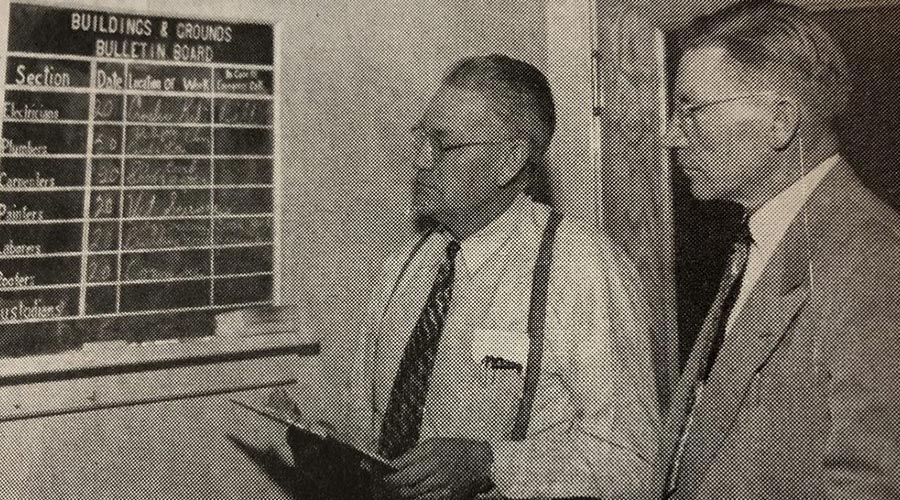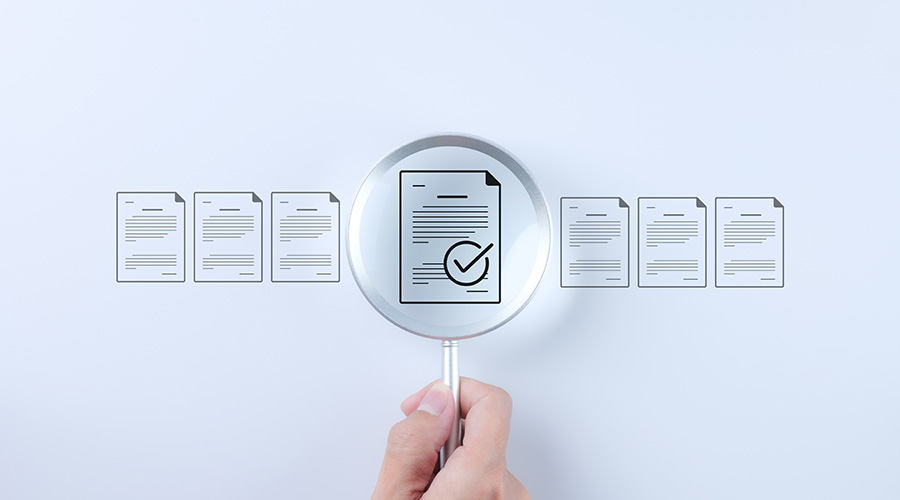Asset Management Strategy Puts Dollar Value on Risk
A predictive, risk-valuation model can help facility managers translate asset management and preventive maintenance into the language of the CFO.
By Trent Borth and Neil Roach, contributing writers
Facility managers often choose to defer maintenance based on priorities and budgets. But that leads to a delicate balancing act. What executives need is a new model in which plant and building operators analyze facility resources by appraising assets, including the financial risk of forgoing maintenance.
Imagine having to bring a mothballed facility back online in a few months. As a first step, a facility manager would assess the facility’s condition including the structure and machinery inside. One method by which to evaluate assets would be assigning a number reflective of condition. For instance, 1 could mean renovate, 3 would equal improve, and 5 might signal maintain. While a system like this gives management a view of each building or machine’s condition, there’s move value in giving executives, specifically a CFO, a dynamic, digital dashboard showing the condition of each asset’s individual components (e.g., a processing facility’s roof, walls, boilers, etc.). Picture a summary of the condition of all the physical assets onsite as well as the financial cost of repairing or forgoing planned maintenance. A solution like this needn’t be something bought from a software vendor if such a package even exists. Instead, a facility manager could build a dashboard like this with commonly available desktop programs and analytics tools.
Standardizing the process
One way to do this would be to create a price sheet that feeds into an employer’s existing asset-rating system. Maintenance workers would physically inspect an asset and catalog the value of its individual components against a specification accepted by the organization. Next, a facilities team would record the condition of the asset in a spreadsheet, including a photo, using a mobile device like a smartphone or tablet. Then, the team could upload the assessment and photos into a cloud file-sharing tool. And, finally, the facilities team would upload the data from the cloud into a visual dashboard, which consists of software and applications for turning data into reports.
How the process works
Let’s take an agricultural processing facility as an example. Inspectors might begin by looking at the roof and examining the conditions of the coatings and associated equipment. The team would grade the roof and the equipment’s condition, perhaps it’s a 3, reflecting its ability to keep out the elements. That grade would also include a price for what the team estimates it would cost to move the rooftop from a 3 to a 5 per their employer’s assessment scale.
Here's another example from a food-grade facility. A maintenance team would apply this risk-valuation model to the facility’s floors. The team might, for instance, look at the components of the floor like its coefficient of friction and give it at a grade (e.g., non-existent, needs attention or satisfactory). With off-the-shelf analysis and modeling software, they could tabulate the cost of bringing the condition of the floor from “needs attention” to “satisfactory,” so financial managers could make a more informed business decision.
Righting what’s wrong with assessments
A risk-valuation model for assessments upends the unstandardized, piecemeal way employers typically view their assets. For example, an employer with multiple sites generally lets those sites tackle their maintenance problems independently of one another. A manager at site A might approach the procurement office stating her facility’s roof needs repairs. Another manager at site B contacts procurement the same day saying his facility needs safety line-striping. Procurement puts together an RFP based on a scope of work written by each facility. The data for these scopes of work comes from conversations with local contractors or distributors. The rationale behind a contractor’s recommendation often doesn’t tie back to a uniform specification. The rationale behind a procurement decision usually centers on the lowest bid. And so work proceeds, yet with different products and approaches. The lack of company-wide standardization affects the organization’s ability to consistently forecast maintenance cycles and costs. And ultimately, the approach is to spend maintenance dollars on only the worst situations or on projects requested by the most vocal facility supervisor.
With a predictive, risk-valuation model, a financial manager has a uniform approach for maintenance and assessments that regularly grades the condition of every component. The organization can run what-if scenarios. Let’s say executives have $500,000 to spend on maintenance. They could use this kind of model to see how far and in what direction that money will take them. Employers typically solicit bids for a list of fixes that must happen. Instead, what employers need is a standard method showing the condition of all assets including a financial value on the risk of forgoing maintenance across the organization.
The predictive, risk-valuation model leads to consistent outcomes because a facility team:
- grades the condition of all assets against a uniform specification,
- puts a price on what it costs to improve an asset’s grade,
- standardizes the list of products they source for repairs and maintenance, and
- works only with vendors who use the same product and processes.
A process that helps finance executives
The approach outlined above empowers business stakeholders to achieve standardized outcomes that cost less than a piecemeal approach. By putting a number on what risk looks like, a facility manager can translate something that was very tactical (i.e., the condition of a site roof, boiler, facility’s floor) into an analysis that a financial professional can use to direct spending. By presenting risk as a dashboard to managers, facility teams can show executives the condition of their assets and where to focus money. With a single view of assets, an organization’s financial team has an enterprise-wide physical condition of each asset, the gaps, and, most importantly, the cost of inaction. Things can look deceptively good with a company’s assets when assessments are bundled together and presented in aggregate. And while the model summarizes the condition of assets across sites, executives and managers can use commercially available software underpinning such a dashboard to drill into any one situation.
Facility managers can also carve out parts of the model’s reports to create a scope of work to identify site-level needs based on assessed data. Understanding gaps and risks vis-à-vis an asset’s condition can lead to other improvements. For instance, instead of focusing dollars for the repair of assets in the worst shape—such as a site requiring structural metal replacement—employers might find it less costly to also earmark dollars to power wash and paint assets before they deteriorate structurally. For executives who may be inclined toward a run-to-failure or set-it-and-forget-it philosophy of maintenance, a risk-valuation model puts a price tag on that thinking and may extend a manufacturer’s warranty and the life of the asset.
Trent Borth is the Capital Reliability & Seeds Asset Integrity Leader for Corteva Agriscience in Johnston, Iowa. Corteva Agriscience is a global agriculture company offering seed, crop protection, and digital products and services.
Neil Roach is chief operations officer for Painters USA, which is a woman-owned, WBENC-certified provider of commercial and industrial flooring, cleaning, and painting services.
Related Topics:












